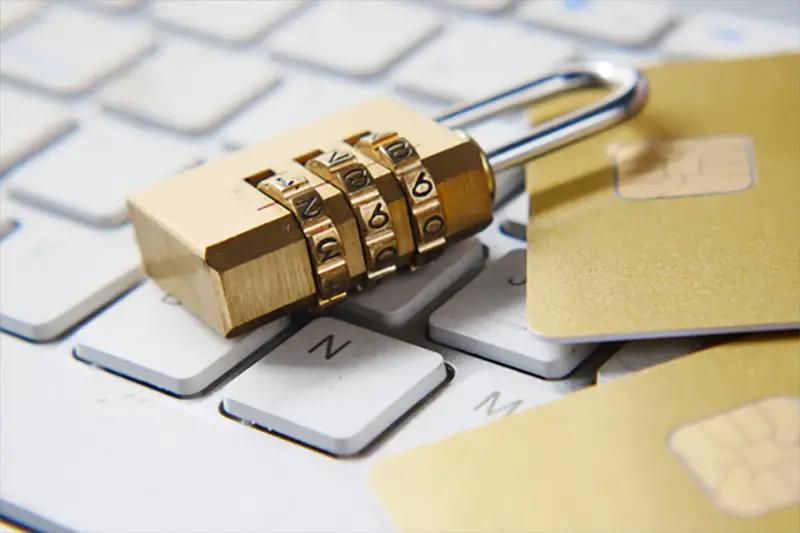Click here to get this post in PDF
Business is one of the many areas of activity that are under the threat of hacker attacks and data theft by fraudsters. And you should in no case underestimate the risks since the consequences of a frivolous attitude towards information security can be very dire – from the loss of a market share to a complete shutdown of the company’s activities until the information systems are restored to work.
What’s the Problem?
Here are some alarming statistics that every business owner should be aware of:
- According to CheckPoint Research (CPR), 102% more companies encountered ransomware in the Q1 of 2021 than in the first half of 2020;
- The number of cyberattacks against financial companies worldwide has grown 400 times (from less than 5,000 in a week in February 2020 to more than 200,000 in a week at the end of April 2021);
- According to Hiscox Ltd, in 2020, 38% more companies were affected by cyberattacks than a year earlier. The amount of damage increased to millions or even tens of millions of dollars.
It may seem that hackers only attack large corporations. But this is not the case at all; small businesses are also faced with the very same problem. Almost half of the information attacks target small companies. There are many cases because small businesses cannot afford to have strong security departments and solutions. However, data security is crucial even if your company’s turnover is low. The below solutions will come in handy for any business regardless of its size, budget, and ROI levels.
How Can Businesses Combat Cyber Attacks?
One of the important reasons to prepare for attacks in advance is the ability to quickly respond to information about new “gaps in the software.” Now, all hackers in the world are trying to exploit the new vulnerability, and the risk of being attacked increases many times over. This can be done even out of curiosity simply because a new hack method has been published.
For such cases, you need a pre-prepared action plan, as well as all the necessary software; sometimes even hardware protection should be thought-out as well. Here are a few examples of measures to protect the company’s information system from the threat of hacker attacks:
- Antivirus programs as well as fraud detection and prevention analytics solutions that are timely updated;
- Frequent backups of valuable information (including cloud servers, which can also be attacked);
- Secure communication channels and methodical debugging of control and protection methods;
- Administrative measures, such as training of employees in digital hygiene. For example, in no case, should you open files received from unknown sources or follow links from spam;
- Control of time and location of accesses, specific devices, browsers;
- Two or more factor authentication on all important resources, frequent password updates, etc.;
- A neat approach to external IT solutions, such as free VPNs, email services, instant messengers, social media, and even browsers;
- Software updates, monitoring news about new vulnerabilities and immediate reaction to such publications;
- The protocol for the immediate and complete termination of all employee access after dismissal or a change in the level of authority must be strictly followed.
Special attention should be paid to the security policy for the installation and use of “external” software. Of course, even IT giants use ready-made utilities, “in-box” solutions, as well as access to cloud services. But this can create vulnerabilities, and it is difficult to control the process. The code is regularly updated by third-party developers, and it is not always possible to check what and how they changed.
Stay on the Safe Side!
Cybercrime is growing like an epidemic today, with small and medium-sized businesses increasingly targeting hackers. There is no single sector of the market that is 100% immune from attacks. Small companies need cybersecurity and are just as important as large ones. However, the above simple tips can help you keep your business safe, up, and running. so make them a part of your routine to reduce the risks of sensitive data loss.
You may also like: Five Steps To Improve Data Security and Prevent Risks
Image Source: Unsplash.com

